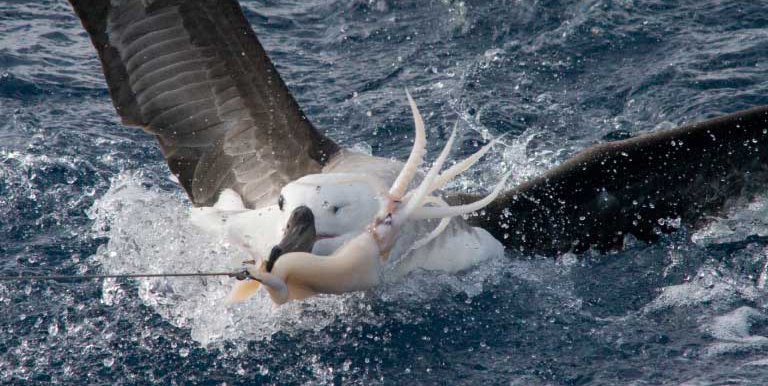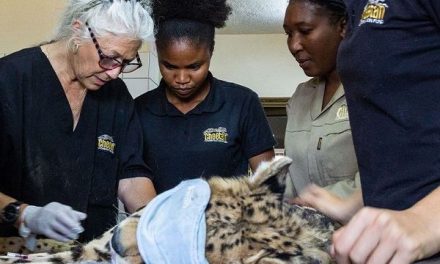
Bird-scaring lines help prevent avian bycatch

Environmental science and conservation group Mongabay, this week said that Namibia is leading the way globally in efforts to reduce the loss of seabirds by commercial hake fishing vessels.
The group said commercial fisheries on the 70 trawlers and 12 longline fishing vessels sprawling the coastline, are championing by installing ‘bird-scaring’ lines that prevent the loss of marine animals. The Responsible Business Center for Sustainable Development Goals, part of the United Nations Development Programme said through the efforts being implemented, Namibia is likely to change its status as the“world’s worst fishing nation” regarding avian bycatch.
Mongabay said Hake fish that makes up 50% of the N$11 billion fishing industry is mostly to blame for the 30,000 seabirds, including the Tristan albatross which is listed as critically endangered which are lost as bycatch every year.
According to the International Union for Conservation of Nature, the Tristan albatross’s breeding populations are restricted to Gough Island, roughly 2,000 miles southwest of Namibia.
Mongabay said today some governments with an increasing understanding of the devastation caused by traditional fishing methods are beginning to require that commercial, and sometimes sport fishermen to apply specially designed devices to their equipment to minimize the loss of marine life.
Clemens Naomab was one of the Albatross Task Force (ATF) first Namibian anti-bycatch trainers, tells how he earned the trust of often insular and independent fishermen. “When you have a good relationship with the fishermen it is easier to communicate with them,” he said.
The Meme Itumbapo Women’s Group, known for its seashell necklaces and other jewelry, is now sustainably manufacturing and supplying the bird-scaring lines from their “Bird’s Paradise” headquarters in Walvis Bay and through this the combined efforts will reduce avian bycatch by 85-90 % in the near future.
Samantha Matjila of the Namibia Nature Foundation which represents Namibia on the international Albatross Task Force composed of Argentina, Brazil, Chile, Ecuador, Uruguayn and South Africa said local fishermen have well received the introduction of new devices to prevent bycatch.
“The simple and easy to use anti-bycatch tools and include “bird-scaring” lines also known as tori lines or streamers that are being used by the nation ’s 70 trawling vessels. Bird-scaring lines, along with line-weighting and nocturnal baiting techniques,” she said.
Matjila’s job is to show fishermen how to fit the various devices used to avoid bycatch to a boat’s fishing gear and she also accompanies the fishermen out to sea to show them how the gadgets work in practice.











































